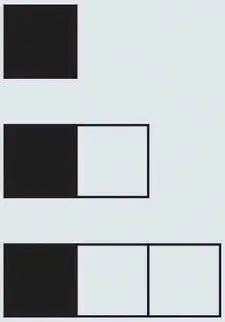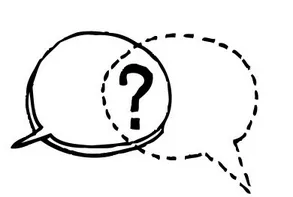
We Reason & We Prove for ALL Mathematics
Building Students’ Critical Thinking, Grades 6-12
- 272 pages
- English
- ePUB (mobile friendly)
- Available on iOS & Android
We Reason & We Prove for ALL Mathematics
Building Students’ Critical Thinking, Grades 6-12
About this book
Sharpen concrete teaching strategies that empower students to reason-and-prove
How do teachers and students benefit from engaging in reasoning-and-proving? What strategies can teachers use to support students' capacity to reason-and-prove? What does reasoning-and-proving instruction look like?
We Reason & We Prove for ALL Mathematics helps mathematics teachers in grades 6-12 engage in the critical practice of reasoning-and-proving and support the development of reasoning-and-proving in their students. The phrase "reasoning-and-proving" describes the processes of identifying patterns, making conjectures, and providing arguments that may or may not qualify as proofs – processes that reflect the work of mathematicians. Going beyond the idea of "formal proof" traditionally relegated only to geometry, this book transcends all mathematical content areas with a variety of activities for teachers to learn more about reasoning-and-proving and about how to support students' capacities to engage in this mathematical thinking through:
- Solving and discussing high-level mathematical tasks
- Analyzing narrative cases that make the relationship between teaching and learning salient
- Examining and interpreting student work that features a range of solution strategies, representations, and misconceptions
- Modifying tasks from curriculum materials so that they better support students to reason-and-prove
- Evaluating learning environments and making connections between key ideas about reasoning-and-proving and teaching strategies
We Reason & We Prove for ALL Mathematics is designed as a learning tool for practicing and pre-service mathematics teachers and can be used individually or in a group. No other book tackles reasoning-and-proving with such breadth, depth, and practical applicability. Classroom examples, case studies, and sample problems help to sharpen concrete teaching strategies that empower students to reason-and-prove!
Frequently asked questions
- Essential is ideal for learners and professionals who enjoy exploring a wide range of subjects. Access the Essential Library with 800,000+ trusted titles and best-sellers across business, personal growth, and the humanities. Includes unlimited reading time and Standard Read Aloud voice.
- Complete: Perfect for advanced learners and researchers needing full, unrestricted access. Unlock 1.4M+ books across hundreds of subjects, including academic and specialized titles. The Complete Plan also includes advanced features like Premium Read Aloud and Research Assistant.
Please note we cannot support devices running on iOS 13 and Android 7 or earlier. Learn more about using the app.
Information
Chapter 1 Setting the Stage
- how this broader perspective on reasoning-and-proving could benefit students’ understandings of mathematics; and
- what it would take to support students in building the capacity to engage in reasoning-and-proving.
Is Reasoning-and-Proving Really What You Think?

Vignette 1: Carly Epson’s Algebra Class

Vignette 2: Jason Steiner’s Algebra Class
Vignette 3: Barbara Law’s Algebra Class

Vignette 4: Lynn Baker’s Algebra Class

Pause and Consider
Supporting Background and Contents of This Book
Table of contents
- Cover
- Endorsements
- Half Title
- Title Page
- Copyright Page
- Contents
- Preface
- Acknowledgements
- Acknowledgements
- Contributors
- Chapter 1 Setting the Stage
- Glossary
- Glossary
- Glossary
- Glossary
- Chapter 2 Convincing Students Why Proof Matters
- Glossary
- Glossary
- Glossary
- Chapter 3 Exploring the Nature of Reasoning-and-Proving
- Glossary
- Glossary
- Glossary
- Glossary
- Glossary
- Glossary
- Glossary
- Glossary
- Glossary
- Chapter 4 helping students develop the capacity to reason-and-prove
- Glossary
- Chapter 5 Modifying Tasks to Increase Their Reasoning-and-Proving Potential
- Glossary
- Glossary
- Chapter 6 Using Context to Engage in Reasoning-and-Proving
- Glossary
- Glossary
- Glossary
- Chapter 7 Pulling It All Together
- Appendix A Developing a Need for Proof: The Case of Charlie Sanders
- Appendix B Motivating the Need for Proof: The Case of Gina Burrows
- Appendix C Writing and Critiquing Proofs: The Case of Vicky Mansfield
- Appendix D Pressing Students to Prove It: The Case of Nancy Edwards
- Appendix E Making Sure That All Students Understand: The Case of Calvin Jensen
- Appendix F Helping Students Connect Pictorial and Symbolic Representations: The Case of Natalie Boyer
- References
- Index
- Advertisement